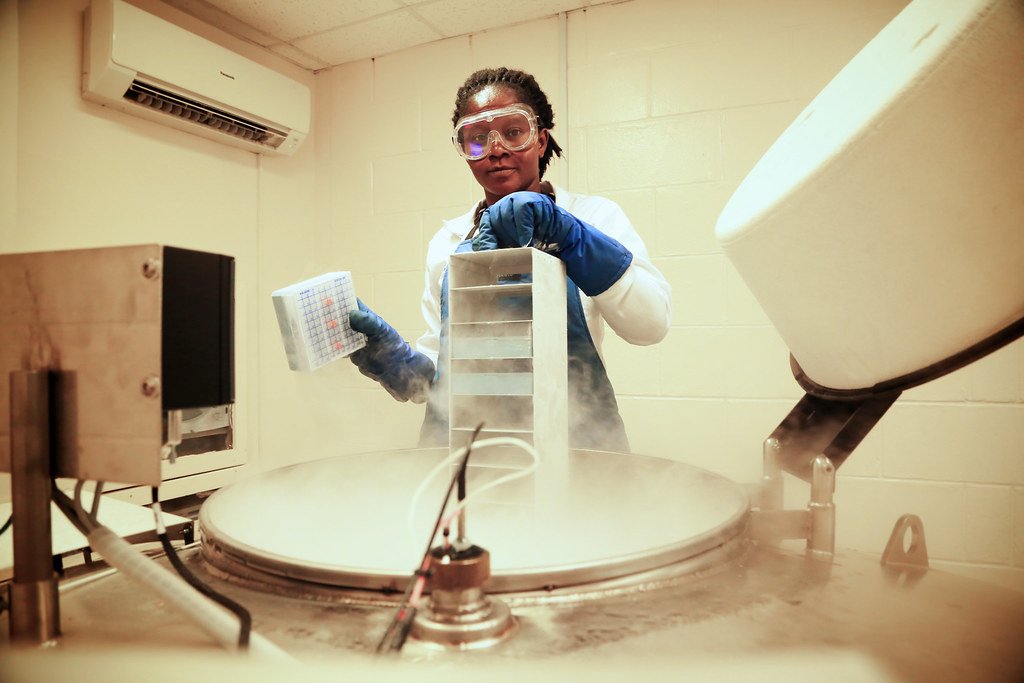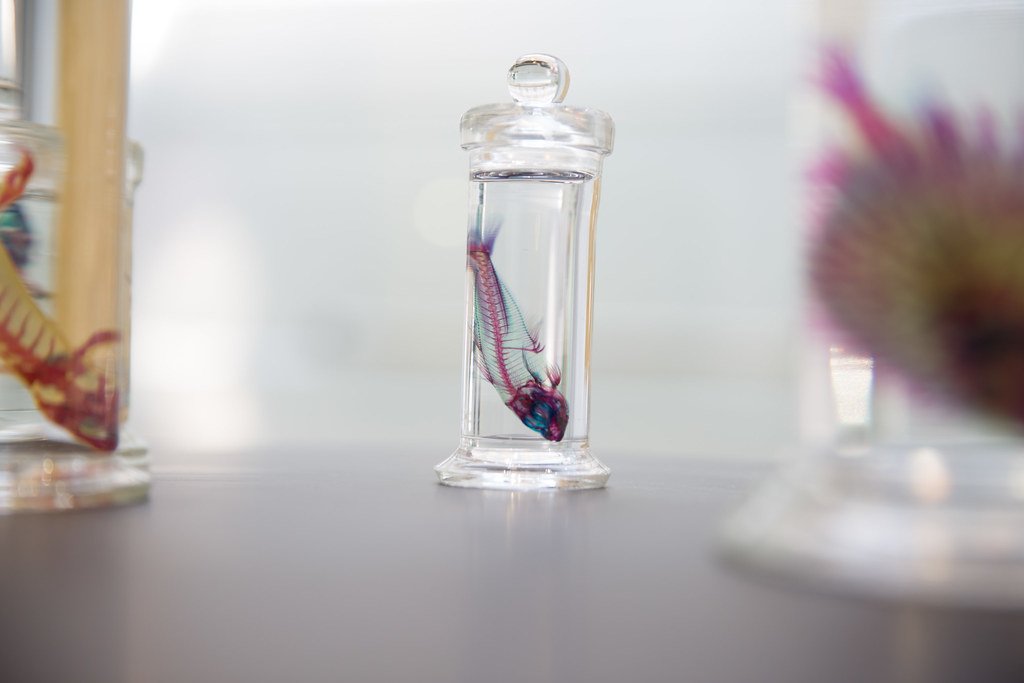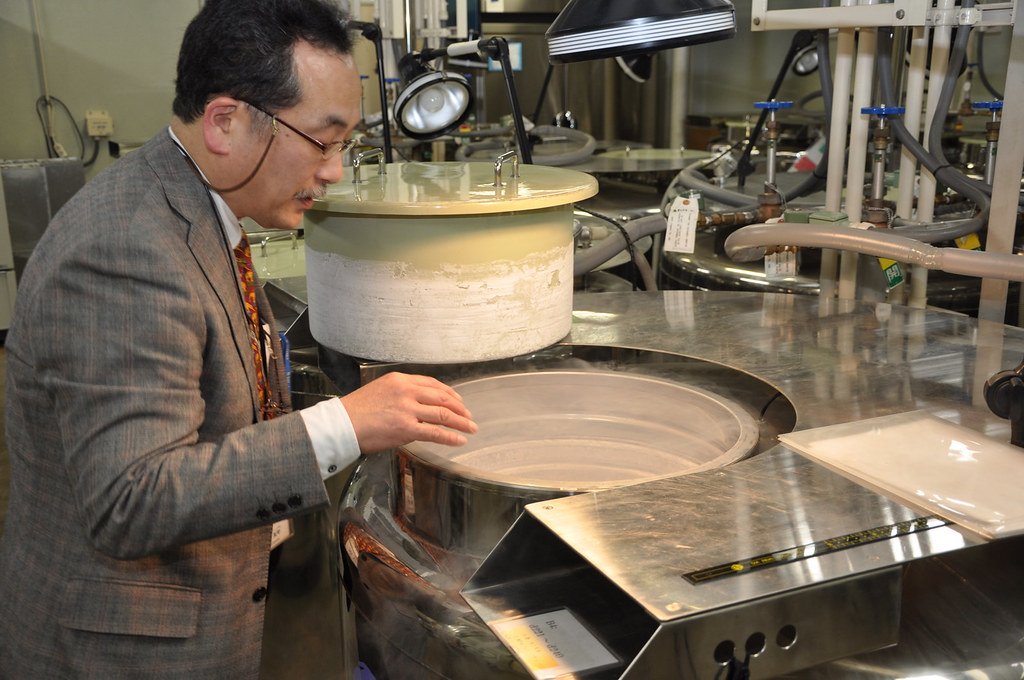The idea of preserving the human body at ultra-low temperatures in the hope of a future reawakening may sound like the stuff of science fiction, but cryonics—a term derived from the Greek words for “cold” and “science”—aims to make this a reality. Although it’s a field that has attracted both fascination and skepticism, the underlying science is both intriguing and complex. This article delves into the principles of cryonics, the challenges it faces, and the ethical considerations surrounding it.
What is Cryonics?

Cryonics is a process where individuals who have died from an incurable illness are frozen in the hope that future medical advancements will allow for resuscitation and a cure for their ailment. The process involves cooling the body to a temperature where molecular physical decay essentially stops, ideally allowing the brain’s structure to be preserved.
The Science Behind Cryonics

The primary scientific principle behind cryonics is cryopreservation, a method used to preserve living cells, tissues, and even whole human bodies or brains by cooling them to the temperature of liquid nitrogen (-196 degrees Celsius). This preservation is achieved without forming ice crystals that can damage cellular structures, thanks to a process known as vitrification.
Vitrification: Turning Tissue into Glass

Vitrification involves treating cells with cryoprotectant solutions that replace the water in cells and freeze tissues without forming ice. Instead, the tissues transition into a glass-like state, preserving their structure until potential revival. This technique is already in use for preserving eggs, embryos, and some organ tissues.
Challenges of Reviving Cryopreserved Humans

One of the significant challenges is reversing the vitrification process without causing damage. While current technology permits the preservation phase, the actual process of revival—restoring organisms to their full functionality—is decades or even centuries away, as scientists must find ways to warm tissues uniformly without cracking them.
Legal and Ethical Considerations

Cryonics raises numerous ethical questions, primarily pertaining to the definition of death. Legal death is declared when a person’s heart and breathing cease, but the definition of “reversible death” becomes ambiguous in cryonics, as some argue reanimation in the future could redefine mortality.
Current State of Cryonics

Today, several facilities globally offer cryonics services, with organizations like the Alcor Life Extension Foundation and the Cryonics Institute leading the status quo. Despite being operational, these organizations face procedural and technical limitations that must be addressed, such as the preservation period after clinical death and accessibility to cryopreservation services.
Public Perception and Scientific Skepticism

The field of cryonics is often met with skepticism from the scientific community. Critics argue that there is no guarantee that revival is possible and that current methods are not founded on scientifically verified life-extension or revival processes. Proponents, however, state that cryonics is a form of medical time travel—a chance to use tomorrow’s medicine for today’s incurable conditions.
Future Prospects and Research Developments

Research in nanotechnology, regenerative medicine, and brain mapping may pave the way to overcome current cryonics limitations. The integration of advanced imaging technologies and AI could potentially enable the reconstruction of neural networks, offering another glimpse into the revival of preserved brains.
Conclusion: A Frozen Journey to the Future

Cryonics remains a speculative science, rooted in a blend of hope and uncertainty. While current techniques allow the preservation of human tissues, the dream of reversing death and achieving future revival is yet to be realized. As our understanding of biology and technology advances, cryonics could either become a stepping stone to immortality or remain a testament to humanity’s enduring pursuit of life beyond the final frontier.
In summary, while cryonics presents a fascinating concept, it requires substantial scientific breakthroughs before it can fulfill its promise. Until then, it stands as a symbol of exploration—challenging our perceptions and pushing the boundaries of what we consider possible.




